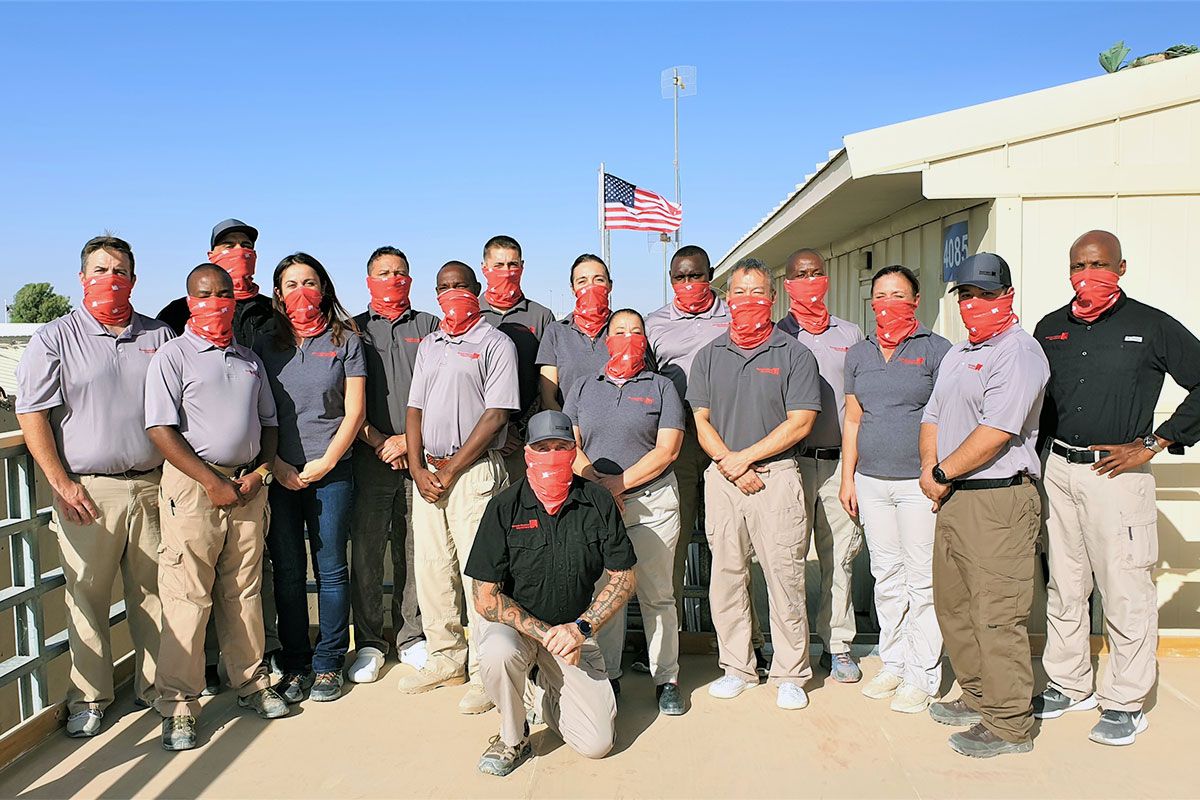17,500 feet Everest Base Camp
(April 10, 2009)
I have taken the responsibility of Expedition Medical officer for First Ascent’s “Return to Everest” Expedition, and each day I have been checking in with the team. Â As we have trekked, my work has been little, but prior to the trip the task was large. Â We have 15 members and prior to the expedition there was a lot of work to be done. Â As I completed health histories and checked on members own personal first aid supplies, I felt thankful for the guidelines that Remote Medical has given me for pre-expedition medical care. Â Now, at Base Camp, talking with the doctors, I can rest a little easier knowing that our team started off on the right foot.
Yesterday our team completed ten days of trekking in the amazing Khumu valley, on our way to Everest Base Camp to begin our 60+ day climbing expedition. Â The trek starts at about 9000 feet, which is a big elevation jump for all of our team members coming from the states. Â As we trekked along through the amazing river valleys and endless hills of the Himalaya, I was struck by the remoteness of the area. Â One unique attribute of the Khumbu valley is the lack of motorized traffic. Â After landing in a small village of Lukla, all the villages are linked by a series of trails. All the goods travel to and from the villages on the backs of residents and yaks. Â The weather has been nice most mornings, which allows the occasional helicopter to land, but as you can imagine, that is a lesser used option for transporting goods.
As we walk for a few miles each day I find my mind thinking about the ‘what if’ of medical emergencies. Â I have seen a porter carrying another sick porter on his back, by no means a rapid evacuation. Â The Khumbu valley is one of the most highly traveled regions of Nepal and there are a few well placed resources in the event of illness or injury. Â At 14,200 feet in a small village of Pheriche there is an aid clinic for both trekkers and porters. It is staffed by volunteer physicians and each day they give a talk about the risks of altitude and the environment. Â It has proven to be a great preventative measure in education that has certainly stopped many people with altitude illness from ascending. Â After Pheriche, the villages get more sparse and the next major community is Everest Base Camp. Â
The arrival at Base Camp marks the site of a clinic that is run by a non-profit organization called the Himalayan Rescue Association (HRA).  This clinic ends my feeling of being in a remote setting.  It is currently staffed by three amazing volunteer doctors and one Sherpa, who is trained as a WFR.  The clinic has advanced imaging equipment, gammow bags, and a pharmacy of medications to treat everything from GI illness to severe pulmonary edema.  Perhaps the most amazing part of the clinic is the communication and evacuation.  They are linked by radio to the clinic in Pheriche, and if needed, there is a helicopter landing pad which a contracted helicopter can use to complete rescues (weather permitting).
As I spent my first night in Base Camp, I sipped tea and chatted with the physicians that will staff the clinic this year. Â We were all in agreement that a successful season would include lots of high-altitude horse shoes, golf and the occasional softball tournament. To accomplish this, the HRA clinic sits right in the middle of Base Camp where almost all climbers will need to pass by to start the climb. Â As people pass the doctors offer a friendly wave and everyone hopes for a quiet season, free from illness.
Stay tuned for more entries concerning the medical side of an Everest expedition at Remote Medical’s Blog.
Follow the daily dispatches from our expedition at First Ascent’s Blog.


